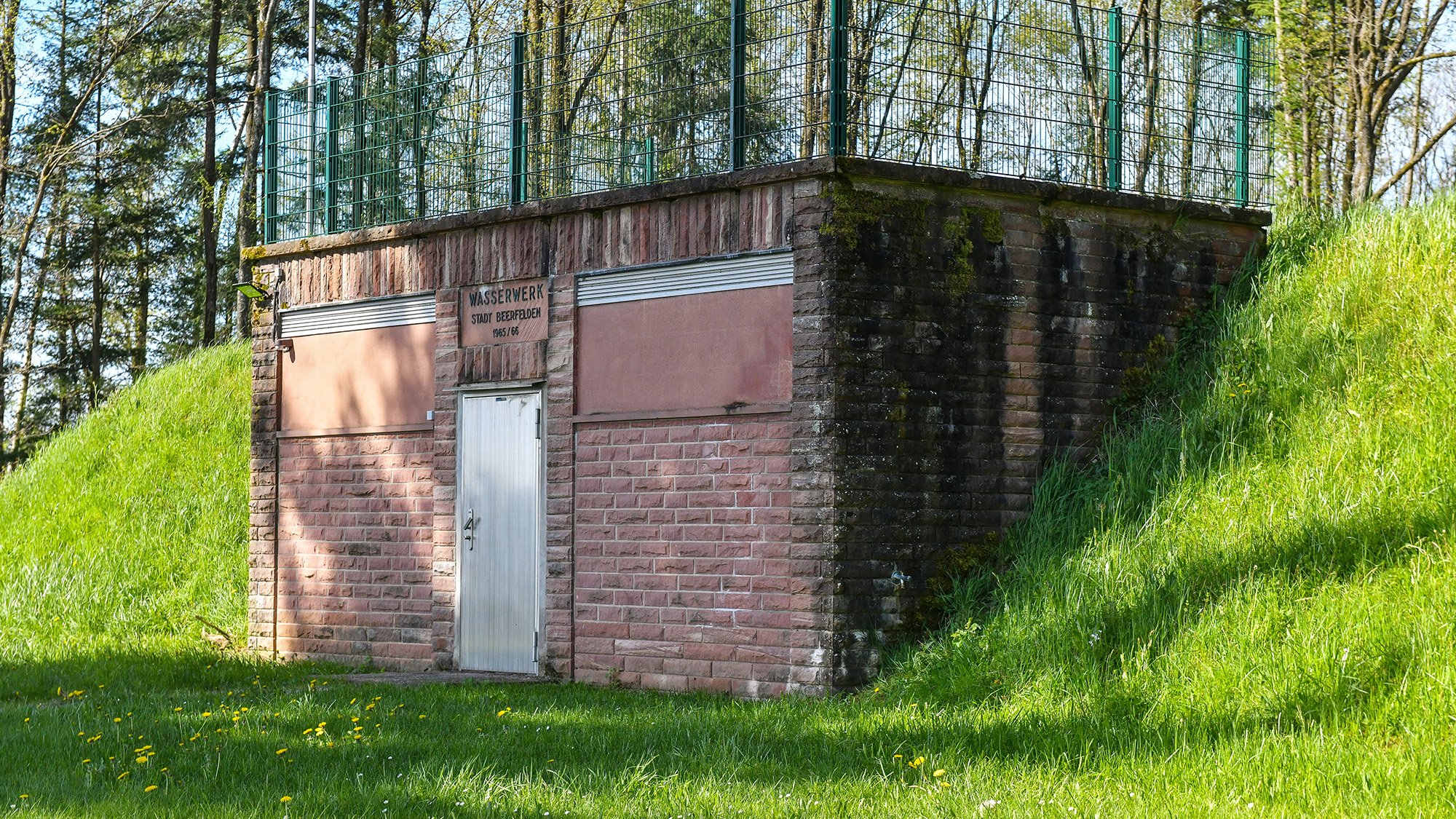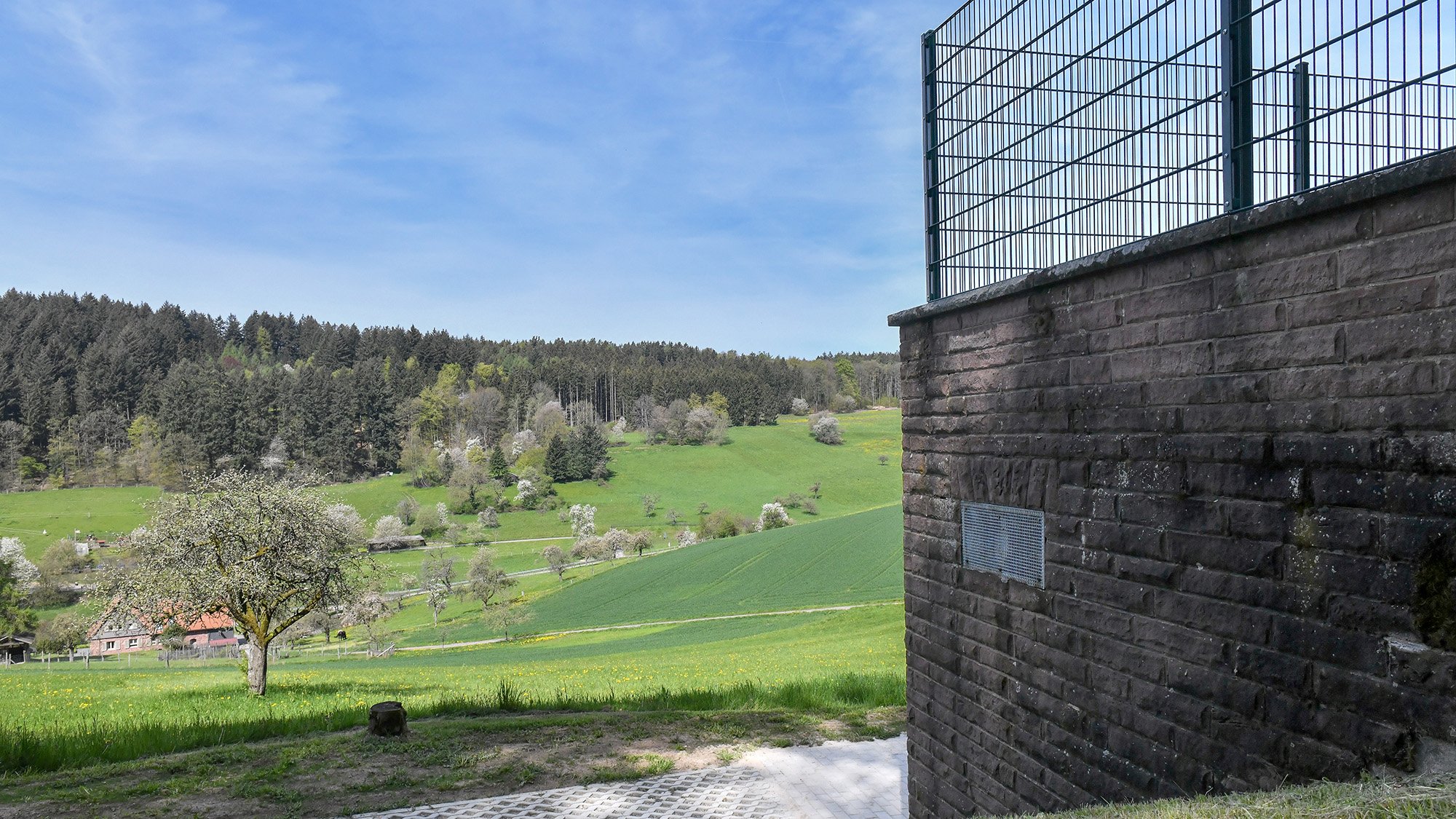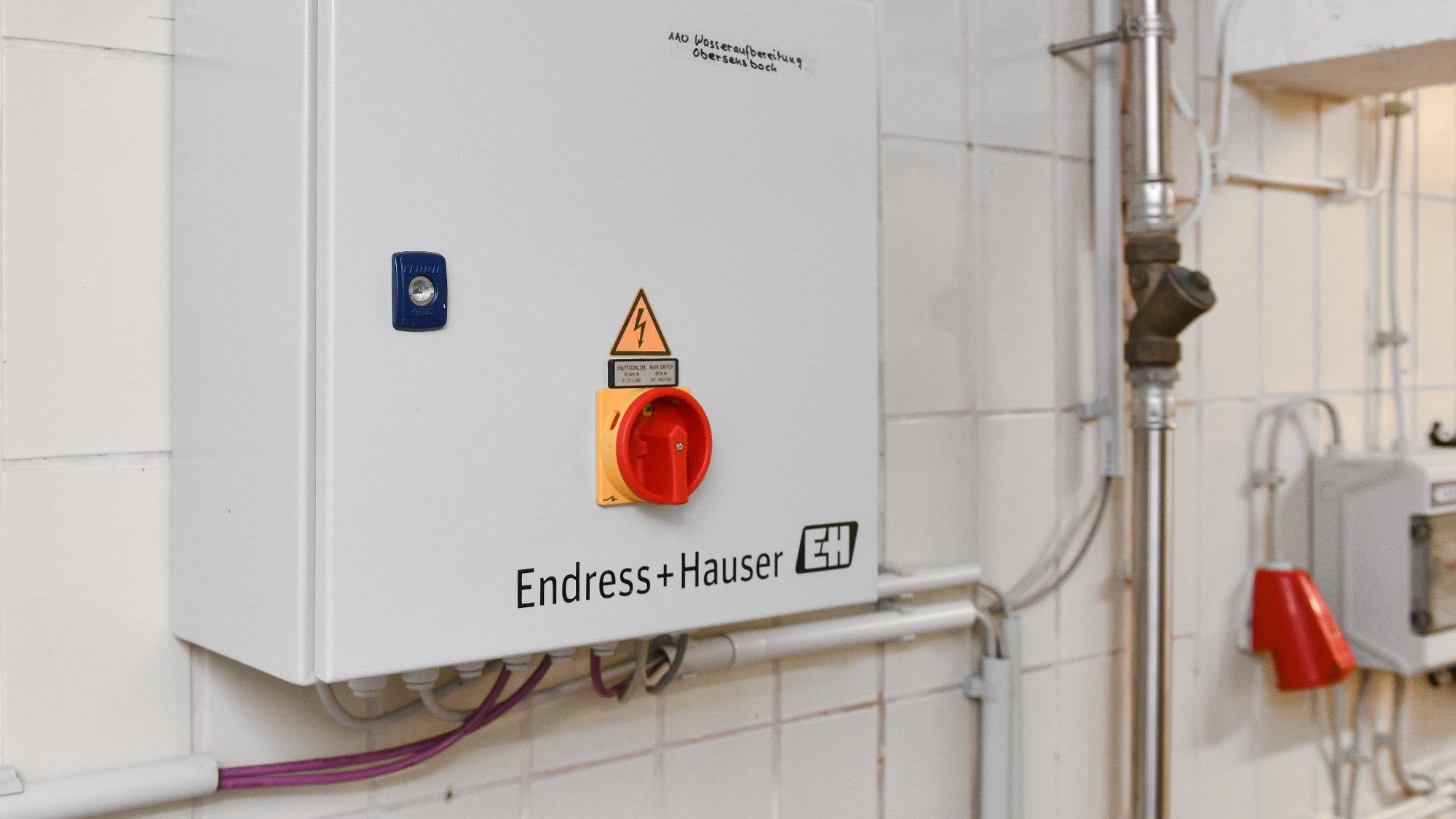“Our Netilion Network Insights digital service is particularly well suited to this application because the city of Oberzent can manage and log its decentralized water applications anytime and anywhere,” says Benedikt Schumann, Business Development Manager at Endress+Hauser. In addition, protocols and verifications are easy to create, and users receive alarms for efficient monitoring. In addition to instrumenting the systems, Endress+Hauser also offers solutions for transfer, data processing and visualization. “We provide the service so that our customers can use their data and create added value,” adds Schumann. For example, status messages from the measurement devices make it clear which measuring points need maintenance. Leaks or other incidents in the water network occur more quickly and can be remedied promptly.
“Our complete solution was only possible through good collaboration with WAGO and using their products,” says Schumann, adding, “We selected WAGO as a system component supplier in order to offer similar monitoring packages for water applications to various customers and industries globally. Flexibility and modularity are crucial in this business.”




